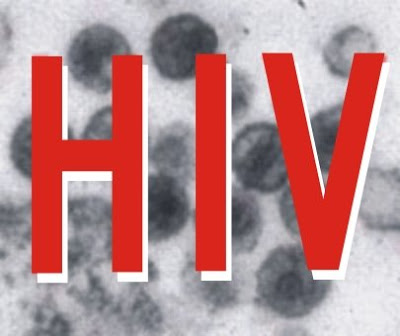HIV is the acronym for Human Immunodeficiency Virus.It is the virus that causes AIDS. HIV is a retrovirus, and also considered Sexually Transmitted Infection. These viruses share some common properties, such as:
- prolonged incubation period before the onset of disease symptoms;
- infection of blood and nervous system cells;
- suppression of the immune system.
HIV is transmitted from person to person through blood, vaginal secretion, sperm and breast milk. Thus, transmission is associated with sexual intercourse without the use of condoms, shared use of syringes and needles, and mother to child during pregnancy.
How Does The HIV Transmission Occur?
HIV transmission occurs through blood, semen, seminal fluid (secretion that is released early in the erection), vaginal fluids, and through breast milk.
Therefore, the virus that causes AIDS can only be transmitted in the following ways:
- Unprotected sex ( anal sex, vaginal sex and oral sex );
- Vertical transmission (ie from mother to child during gestation, delivery or breastfeeding);
- Blood transfusion ;
- Sharing of syringes (very common practice among injecting drug users, such as heroin);
- Occupational accidents with perforating material (as in the case of nurses who accidentally come into contact with biological material from a seropositive patient).
HIV CAN NOT be transmitted through:
- Kisses;
- Saliva;
- Urine;
- Feces;
- Tears;
- Sweat;
- Touch.
- Sex, provided the condom is used correctly.
- Masturbation to two.
- Kiss on face or mouth.
- Sweat and tear.
- Bug bite.
- Handshake or hug.
- Soap / towel / sheets.
- Cutlery / glasses.
- Bus seat.
- Pool.
- Bathroom.
- Blood donation.
- Through the air.
Symptoms of HIV and AIDS
HIV infection has 4 stages:
- First phase: soon after infection, the virus remains undetectable within the body for about 3 to 6 weeks (which is the time of the so-called immune window). After this period, symptoms appear very similar to those of the flu, such as fever and malaise;
- Second stage: the asymptomatic stage of infection, in which the virus is active within the body and acting silently while destroying the defense cells. At this stage, however, the immune system still does not show signs of weakening. It can last for years;
- Third stage: the body begins to give the first signs of low immunity. Initial symptoms of AIDS may appear, such as intermittent fever, diarrhea, night sweats, fatigue and even more severe conditions such as weight loss, herpes and gingivitis ;
- Fourth stage: the most advanced stage of infection is AIDS, in which the immune system is already severely compromised. Here, urgent treatment is needed to reverse the picture. Serious health complications such as pneumonia , tuberculosis and cancer can appear .
Diagnosis of HIV
The virus is detected in the body through specific blood tests . They can be done both in private laboratories and in Unified Health System (SUS) posts that are spread throughout the municipalities. In this, even, also available the rapid test for HIV, whose result comes out in only 2 hours.

